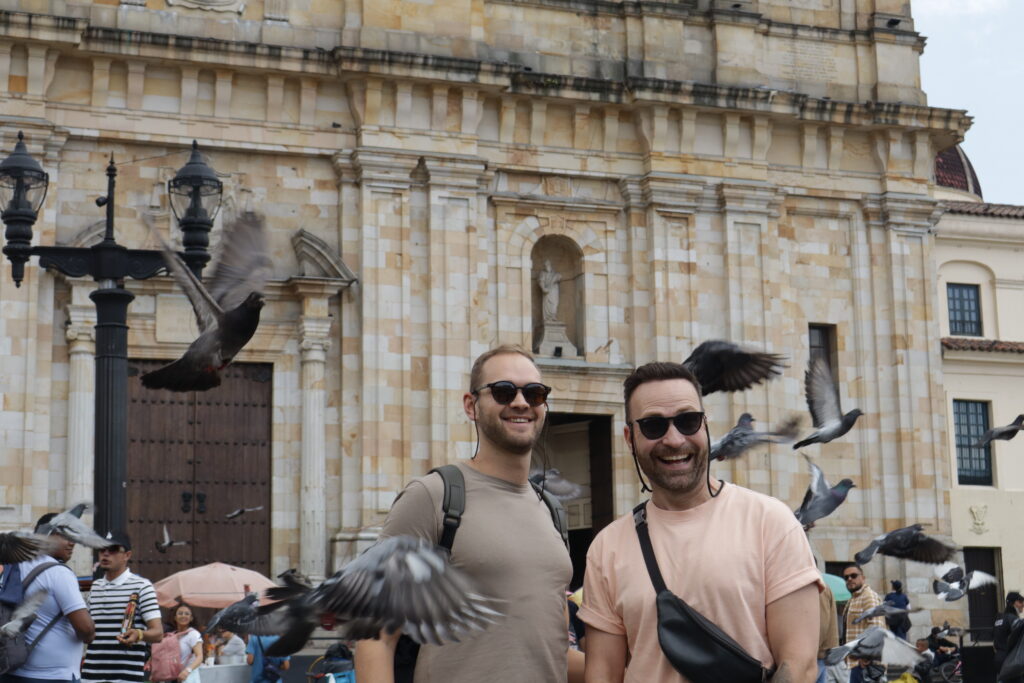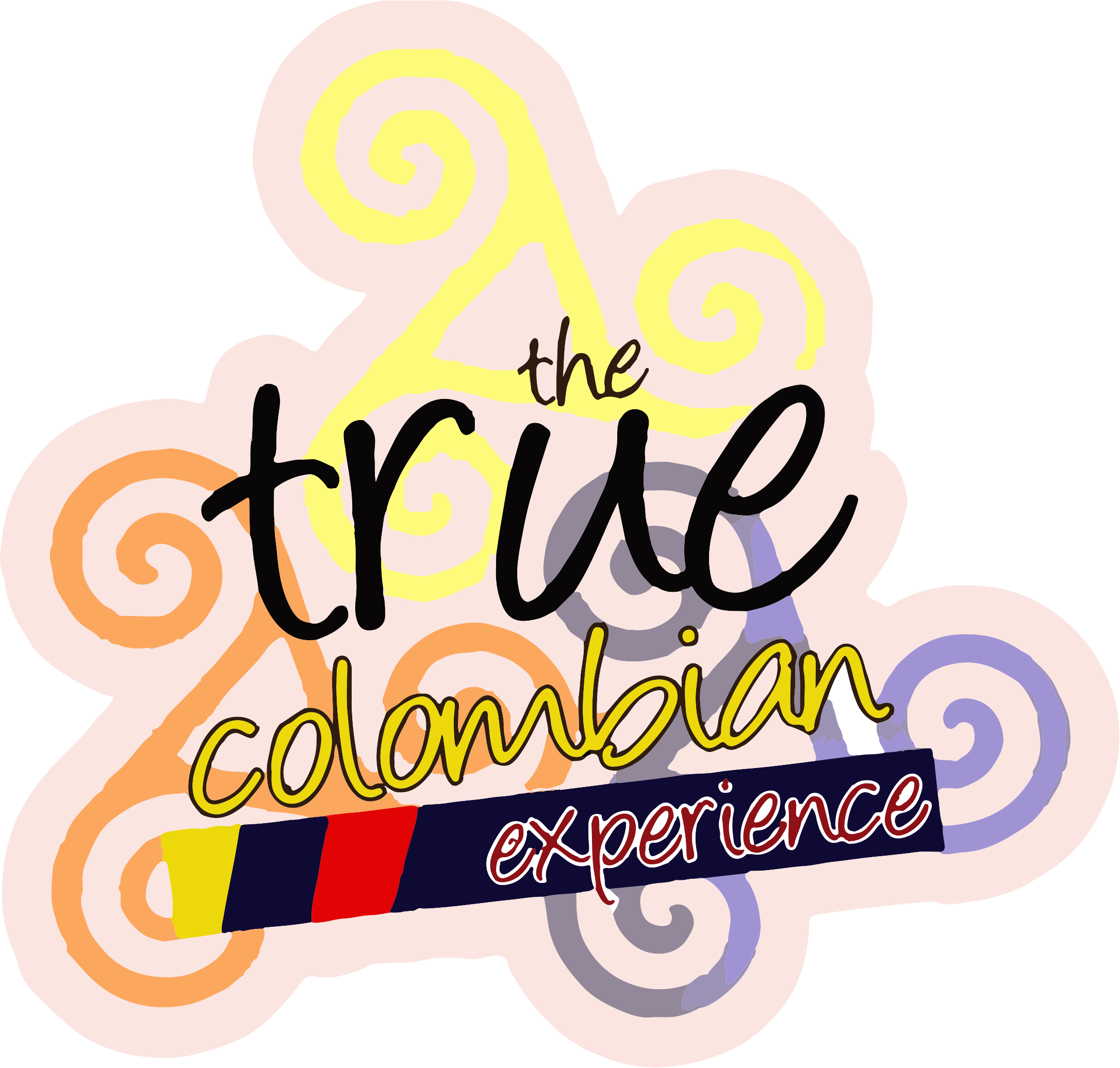I wonder if everyone who comes to Bolívar Square sits on this corner, on the steps of the majestic cathedral, so they admire it calmly, so they breathe, and watch the children playing with the pigeons, which, after a long time watching them, I’ve realized they are the undisputed owners of the place. Whenever I come to this city, I visit the great square where all the political power is concentrated; sometimes I decide to visit other things, and other times I decide to sit all day, admiring the beauty of the square; not only the contemporary, republican, and colonial architecture, but also the small and unique Colombian world that moves within it. It’s enough to visit it, to sit here, to learn more and more about Bogotá. The majority of times I visit the capital of the most beautiful country in South America, I come determined to analyze and understand the people, and their culture. The old square is so steeped in history and information that it’s impossible to take it all in in a single, quick and cold glance. My friends, the ones who sometimes come with me, ask me if I ever move anywhere else; if I do anything else; yes, of course I do. I usually arrive at dawn and sit here on the steps and watch the vendors arrive, the lady of the photos, the one selling the pigeon corn, and the others. But when the exact time comes, of course I get up and walk, I walk with a single purpose, a single unchanging destination: I go in search of happiness. At breakfast time, I go in search of happiness, and after a few blocks deep inside the historic center, I visit that place. A restaurant in a colonial house where they already know me. They know I come looking for that, for happiness. The same old thing? my friend who serves there asks me. What could be more beautiful than coming to Bogotá and visiti Bolívar square and then, at the most sacred hour for Colombians, go for breakfast? At Di Amato restaurant, in the old center, very bogotanian and colonial. So finally, in front of me is what I always come looking for. This dish of green and white colors, with orange tannins and the brown of calado, a type of dry bread that should never be missing. Changua, as I heard on one of the tours I took during my first visits, means happiness in the language of the natives and original inhabitants of Bogotá. It’s type of broth with salt, made of eggs, cilantro, green onion, calado from the bakery on the corner, and most importantly, the base of cow’s milk. The one that generates love and hate, the most representative breakfast in Bogota, the Colombian changua. And yes, here in this corner, at this table. I always find what I came looking for: happiness.
By Fredy Calderon
Would you like to experience this story in real life? Discover the flavors that inspired our journey through the Discovering Colombian Breakfast Culture Tour, a delicious way to explore the heart and soul of Colombia.






